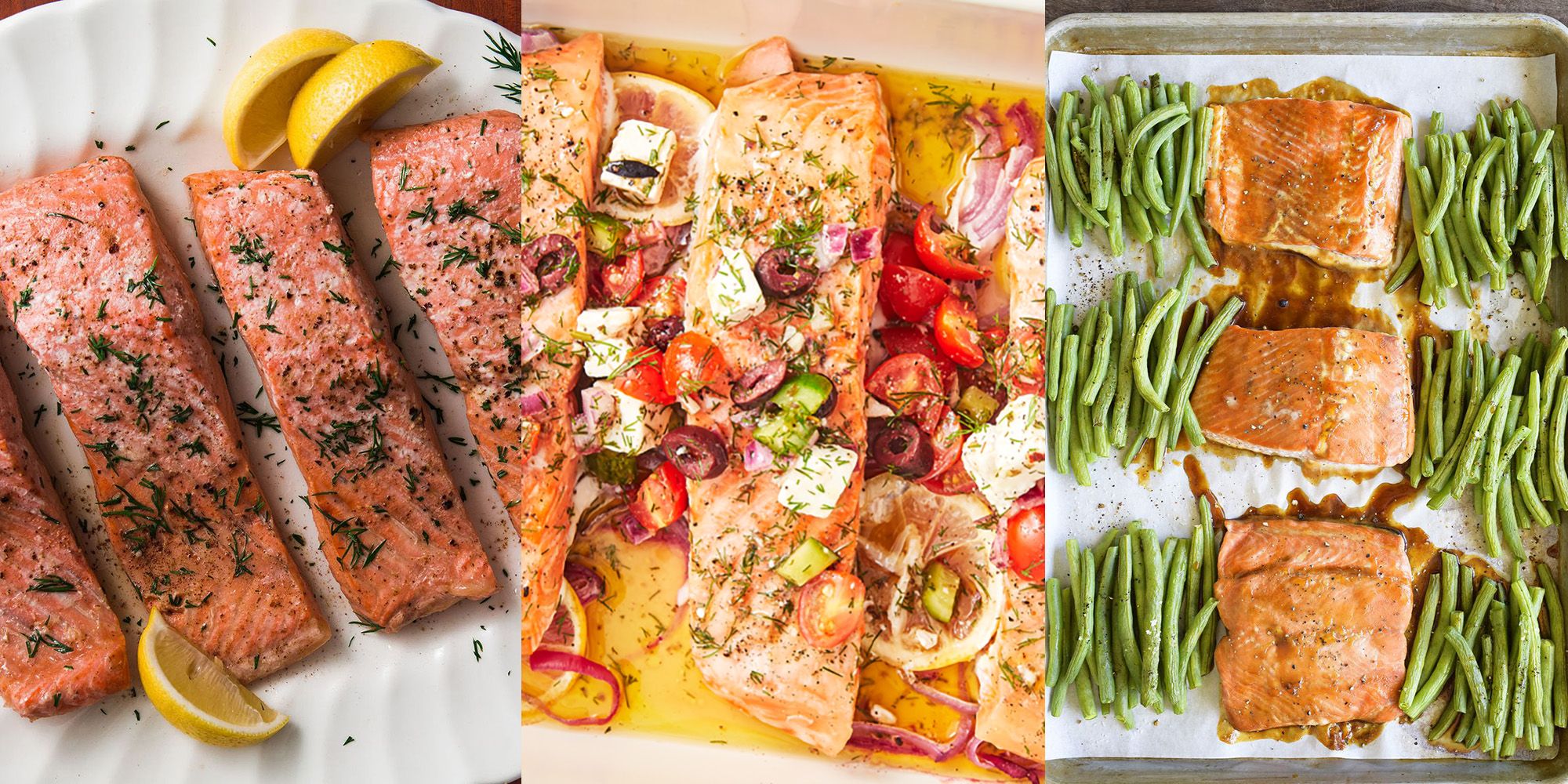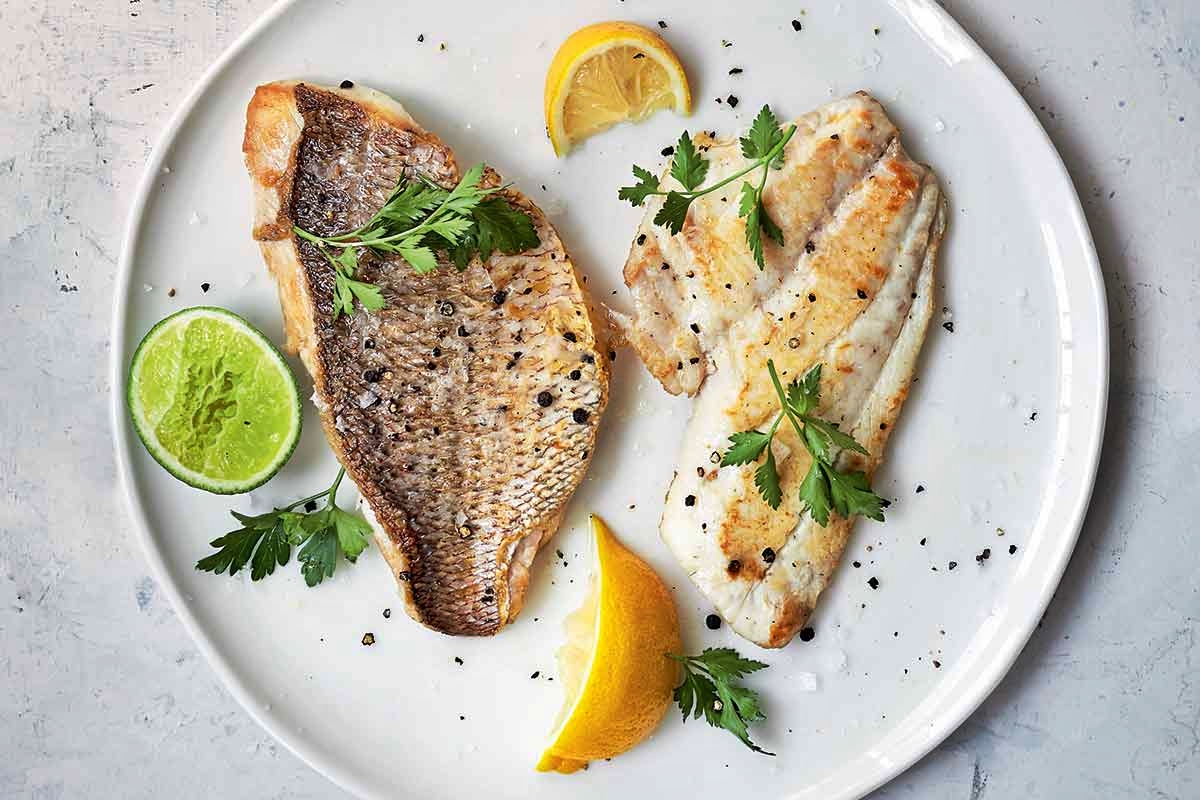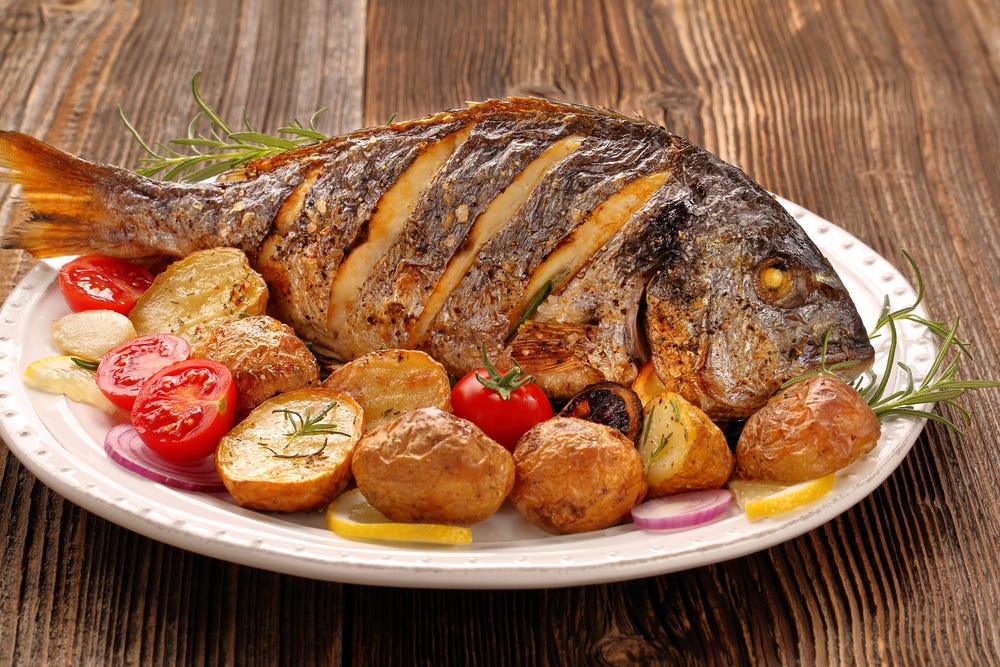Fat fish, with their rich texture and distinct flavor, offer a delectable dining experience. However, their delicate nature demands careful consideration when it comes to cooking. In this comprehensive guide, we delve into the world of fat fish cuisine, exploring the various cooking methods best suited to preserving their flavor and texture.
Before diving into the cooking techniques, let’s first understand what constitutes fat fish. Fat fish typically have a higher fat content compared to leaner varieties. Examples include tuna, salmon, and mackerel. The abundance of natural oils in these fish contributes to their rich flavor and moist texture.
Factors to Consider

- Fish Thickness: The thickness of the fat fish fillet or steak plays a crucial role in determining the appropriate cooking method. Thicker cuts require cooking techniques that can penetrate the flesh evenly without leaving the center undercooked or overcooked. Conversely, thinner cuts may require shorter cooking times to prevent them from becoming dry.
- Natural Flavor: Every type of fat fish possesses its unique flavor profile, ranging from mild and buttery to rich and savory. When selecting a cooking method, it’s vital to consider how the inherent flavor of the fish will interact with the chosen technique. Some methods, such as grilling, can impart smoky notes, while others, like poaching, preserve the fish’s natural taste.
- Skin Presence: Whether the fish skin is left on or removed can significantly impact the cooking process. Leaving the skin intact can help retain moisture and protect the flesh from drying out during cooking. It can also add flavor and texture to the final dish. However, if the skin is undesirable or if a crispy texture is desired, it may be preferable to remove it before cooking.
- Fillet vs. Whole Fish: The decision to cook fat fish as fillets or whole fish can influence the choice of cooking method. Fillets offer convenience and quick cooking times, making them suitable for methods like sautéing or broiling. On the other hand, cooking a whole fish requires techniques that ensure even cooking throughout the entire fish, such as baking or grilling.
Best Cooking Methods for Fat Fish

Baking
Baking involves cooking fat fish in an oven, surrounded by dry heat. This method is ideal for thicker and more oily fish varieties such as sablefish, Arctic char, and halibut. The gentle heat of the oven allows the fish to cook evenly without drying out, resulting in moist and flavorful fillets. Additionally, baking is a versatile technique that can accommodate various seasonings and flavorings, allowing cooks to customize their dishes according to personal preferences.
Grilling
Grilling fat fish over an open flame imparts a smoky flavor and appealing charred exterior. It’s well-suited for fish like tuna, salmon, halibut, and swordfish. Grilling is a popular cooking method because it allows for quick cooking times and minimal cleanup. For whole fat fish, wrapping them in aluminum foil before grilling helps retain moisture and prevents them from falling apart on the grill. Grilled fat fish pairs beautifully with fresh herbs, citrus, and marinades.
Poaching
Poaching involves cooking fat fish in gently simmering liquid, such as water, broth, or wine. While typically used for lighter fish varieties, fat fish like cod, sole, tilapia, and haddock can also benefit from this gentle cooking method. Poaching ensures that the fish remains tender and moist, with subtle flavors infused from the cooking liquid. It’s a versatile technique that allows for experimentation with different aromatics and seasonings to enhance the final dish.
Steaming
Steaming fat fish involves cooking them over boiling water, allowing the steam to gently cook the fish fillets or steaks. This method preserves the fish’s natural flavors and nutrients while keeping them moist and tender. Sea bass, cod, tilapia, and grouper are well-suited for steaming. Steamed fat fish pairs well with light sauces, fresh herbs, and Asian-inspired flavors like ginger, soy sauce, and sesame oil.
Broiling
Broiling fat fish involves cooking them under high heat, usually in the oven’s broiler. This method results in a crispy exterior while keeping the interior moist and flavorful. Salmon, black cod, trout, and snapper are excellent choices for broiling. The intense heat of the broiler caramelizes the fish’s surface, creating a delicious contrast of textures. Fat fish fillets or steaks can be seasoned with herbs, spices, or marinades before broiling to enhance their flavor further.
Sautéing
Sautéing fat fish involves cooking them quickly in a skillet with a small amount of oil or butter over medium-high heat. This method produces a crispy exterior while keeping the interior tender and flaky. Sole, salmon, flounder, and Arctic char are well-suited for sautéing. Sautéed fat fish pairs well with fresh vegetables, creamy sauces, and citrus-based dressings.
How to Choose the Right Method

When deciding on the best cooking method for fat fish, consider the following guidelines:
- Tailoring to the Fish: The first step in selecting a cooking method is to consider the specific characteristics of the fat fish you’re working with. Take into account factors such as the fish’s texture, fat content, and flavor profile. For example, if you’re dealing with a fatty fish like salmon, you may opt for a cooking method that can withstand higher temperatures without drying out the fish, such as grilling or broiling. On the other hand, if you’re working with a delicate fish like sole, a gentler cooking method like poaching or steaming may be more appropriate to preserve its delicate texture.
- Experimentation: Don’t be afraid to experiment with different cooking methods to find the perfect match for your fat fish dish. Each method offers unique advantages in terms of flavor, texture, and presentation. Take the time to explore different techniques and see which ones yield the best results for your particular fat fish variety.
- Monitoring Cooking Time: It’s crucial to keep a close eye on cooking times when preparing fat fish to prevent overcooking or undercooking. The cooking time will vary depending on factors such as the thickness of the fish fillet or steak, the chosen cooking method, and the desired level of doneness. Use a timer and check the fish periodically to ensure it’s cooked to perfection.
- Considering Accompaniments: Another factor to consider when choosing a cooking method is the type of accompaniments you plan to serve with the fat fish. Certain cooking methods may pair better with specific side dishes, sauces, or seasonings. For example, grilled fat fish pairs well with fresh salads and citrus-based dressings, while baked fat fish may be complemented by roasted vegetables and herb-infused oils.
- Adapting to Preferences: Ultimately, the right cooking method for fat fish will depend on your personal preferences and culinary style. Some cooks may prefer the simplicity of grilling or broiling, while others may enjoy the delicate flavors of poaching or steaming. Consider your own cooking preferences, as well as those of your diners, when selecting a method for preparing fat fish.
Conclusion
Mastering the art of cooking fat fish opens up a world of culinary possibilities. By understanding their unique characteristics and choosing the appropriate cooking method, you can elevate fat fish dishes to new heights of flavor and succulence. Whether baking, grilling, poaching, or sautéing, each method offers a distinct way to savor the richness of fat fish. So next time you’re in the kitchen, embrace the challenge and let your creativity shine in preparing these delectable treasures of the sea.
Remember, the key to success lies in patience, precision, and a willingness to explore new culinary horizons. Happy cooking!


